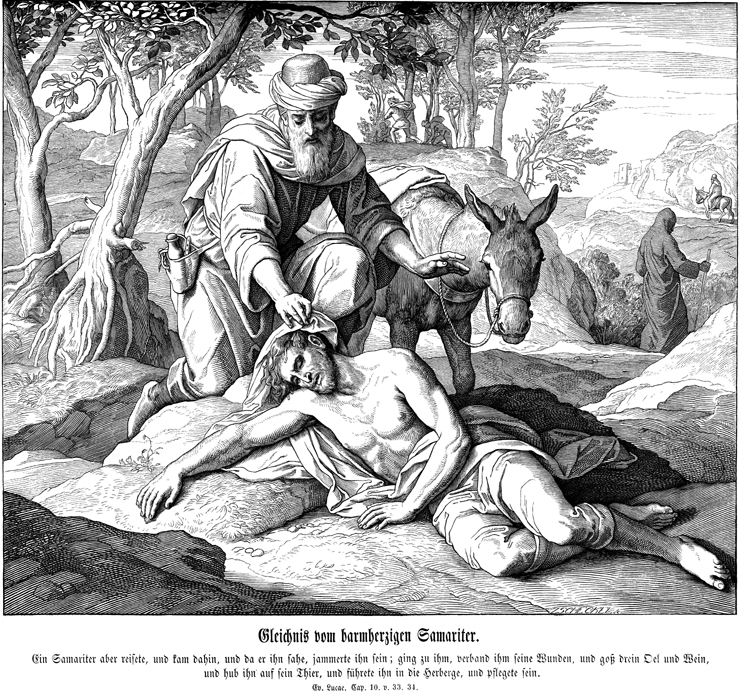This is a picture of the "Good Samaritan."
The Location:
Old Testament Background:
Problems occurred during the times of Ezra and Nehemiah when the Jew returned from the Captivity. Samaritans wanted to work on the reconstruction of Jerusalem, but were forbidden to work because of the implications of Sanballat, the enemy of Nehemiah’s historical narrative and obstruction to rebuilding the walls, was from Samaria. Sanballat has a son-in-law named Manasseh, who was a grandchild of the Jewish high priest. He lived immorally and was excommunicated from Jerusalem
New Testament History:
During AD 6-9 at the Passover when Coponius was governor, Samaritans were so frustrated with the Jews that they desecrated the Holy Plafce by laying out and scattering human bones on the porches. This excluded all Samaritans from every being apart of the services according to Josephus the Jewish historian (Antiq. 18.2.2.). Therefore, the division between Jews and Samaritans is clearly set at its most intense time during the gospel accounts.
New Testament Insights:
Reading this passage along with the Bible dictionary has helped me see the reason why the woman at the well responded to Jesus as “why are you talking to me since you’re a Jew?” Samaritans were viewed as a dissident rebel from the true Jews (cf. John 8:48 ). They were viewed as half-breeds because of their ancestors married pagans. Jews would never buy food, drink water, or even talk to anyone who was a Samaritan, let alone travel through Samaria

No comments:
Post a Comment